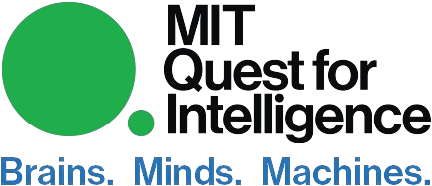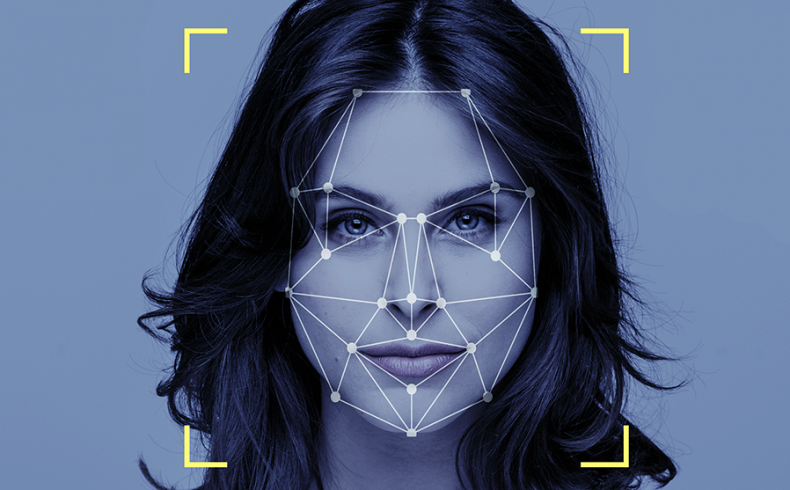Professor Nancy Kanwisher and colleagues have published a paper in Science Advances, reporting on their findings on the functional specialization of regions of the human brain and that this specialization has similarities to computational networks.
In the paper they explain that "networks trained on object recognition perform poorly on face recognition and vice versa and that networks optimized for both tasks spontaneously segregate themselves into separate systems for faces and objects. We then show functional segregation to varying degrees for other visual categories, revealing a widespread tendency for optimization (without built-in task-specific inductive biases) to lead to functional specialization in machines and, we conjecture, also brains."

